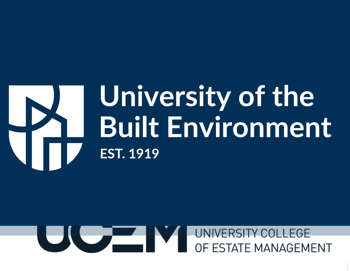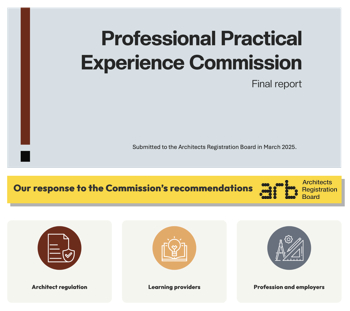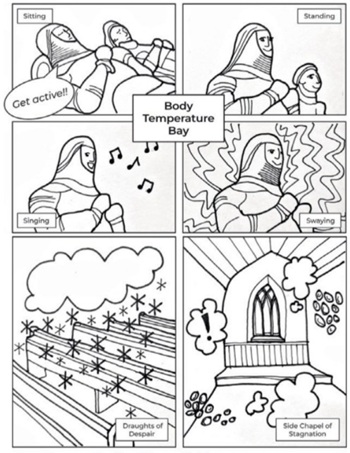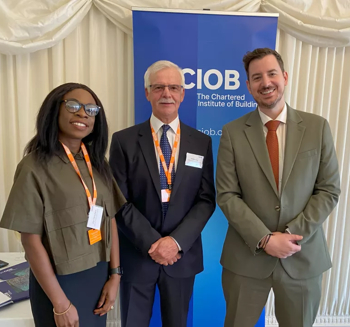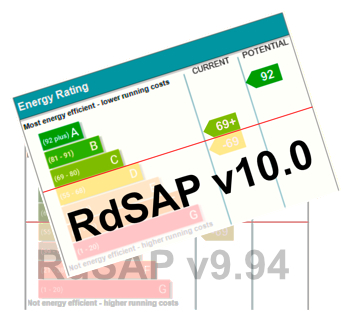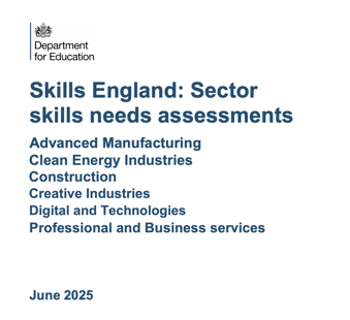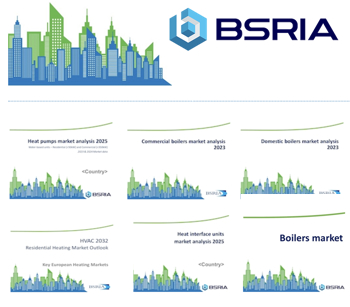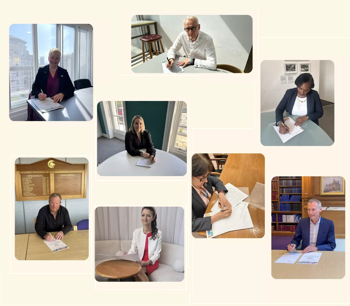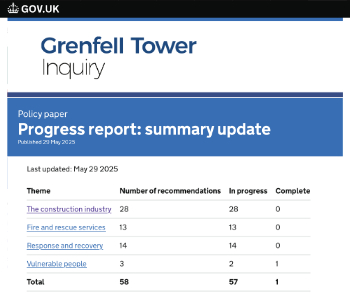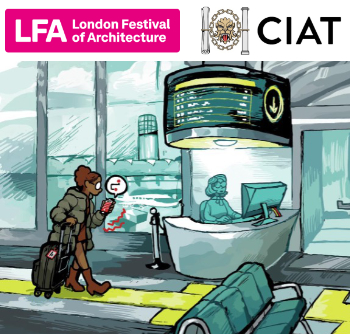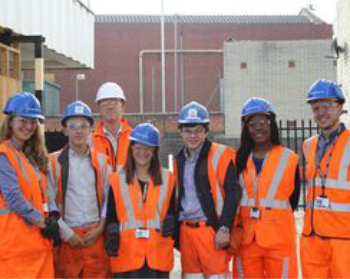Doughnut economics.
"Far from being a closed, circular loop, the economy is an open system with constant inflows and outflows of matter and energy. The economy depends upon Earth as a source—extracting finite resources such as oil, clay, cobalt and copper, and harvesting renewable ones such as timber, crops, fish and fresh water. The economy likewise depends upon Earth as a sink for its wastes—such as greenhouse gas emissions, fertiliser run-off and throwaway plastics. Earth itself, however, is a closed system because almost no matter leaves or arrives on this planet: energy from the sun may flow through it, but materials can only cycle within it.” Kate Raworth, Doughnut Economics: Seven Ways to Think Like a 21st-Century Economist.
Doughnut Economics is an economic model developed by Kate Raworth, an economist at the University of Oxford and the University of Cambridge. The model aims to address the shortcomings of traditional economic systems by integrating social and environmental sustainability into economic thinking. Here are the key components of Doughnut Economics:
The model is visually represented by a doughnut-shaped diagram with two concentric rings:
- The inner ring: This represents the "social foundation," which includes the minimum standards of living necessary for people to lead a good life. These are based on the United Nations Sustainable Development Goals (SDGs) and include aspects such as food, water, health, education, income, and political voice.
- The outer ring: This represents the "ecological ceiling," which encompasses the planetary boundaries within which humanity can safely operate. Crossing this boundary leads to environmental degradation and ecological collapse, including issues like climate change, biodiversity loss, and ocean acidification.
The area between the inner and outer rings is the "safe and just space for humanity." Within this space, people can meet their needs and live a good life without depleting the planet's resources or causing ecological harm.
Key principles:
- Move away from the obsession with GDP growth and towards a focus on meeting human needs and staying within ecological limits.
- Integrate ecological and social considerations into economic decision-making.
- Encourage behaviours that promote cooperation and shared prosperity rather than just individual wealth accumulation.
- Understand and manage the complex, interconnected systems of the economy, society, and environment.
- Create economies that distribute resources and opportunities more equitably.
- Develop regenerative economic practices that restore and renew natural resources rather than depleting them.
- Focus on achieving balance rather than pursuing endless economic growth.
Implications and applications:
- Governments can use the doughnut model to create policies that balance social and environmental goals.
- Businesses can integrate doughnut principles into their operations to become more sustainable and socially responsible.
- Cities and local communities can adopt the model to develop in a way that supports human well-being and environmental health.
Overall, doughnut economics offers a comprehensive framework for thinking about economic development in the 21st century, emphasising sustainability, equity, and well-being over mere financial growth.
[edit] Related articles on Designing Buildings
- Cost plans for construction projects.
- Circular economy.
- Design.
- Design economics.
- Design life.
- How to become a quantity surveyor.
- Life cycle in the built environment.
- Micro-economics.
- Quantity surveyor.
- Royal Institution of Chartered Surveyors.
- Sustainability in building design and construction
- Utilising life cycle costing and life cycle assessment.
- Whole life costs.
Featured articles and news
Key points for construction at a glance with industry reactions.
Functionality, visibility and sustainability
The simpler approach to specification.
Architects, architecture, buildings, and inspiration in film
The close ties between makers and the movies, with our long list of suggested viewing.
SELECT three-point plan for action issued to MSPs
Call for Scottish regulation, green skills and recognition of electrotechnical industry as part of a manifesto for Scottish Parliamentary elections.
UCEM becomes the University of the Built Environment
Major milestone in its 106-year history, follows recent merger with London School of Architecture (LSE).
Professional practical experience for Architects in training
The long process to transform the nature of education and professional practical experience in the Architecture profession following recent reports.
A people-first approach to retrofit
Moving away from the destructive paradigm of fabric-first.
International Electrician Day, 10 June 2025
Celebrating the role of electrical engineers from André-Marie Amperè, today and for the future.
New guide for clients launched at Houses of Parliament
'There has never been a more important time for clients to step up and ...ask the right questions'
The impact of recycled slate tiles
Innovation across the decades.
EPC changes for existing buildings
Changes and their context as the new RdSAP methodology comes into use from 15 June.
Skills England publishes Sector skills needs assessments
Priority areas relating to the built environment highlighted and described in brief.
BSRIA HVAC Market Watch - May 2025 Edition
Heat Pump Market Outlook: Policy, Performance & Refrigerant Trends for 2025–2028.
Committing to EDI in construction with CIOB
Built Environment professional bodies deepen commitment to EDI with two new signatories: CIAT and CICES.
Government Grenfell progress report at a glance
Line by line recomendation overview, with links to more details.
An engaging and lively review of his professional life.
Sustainable heating for listed buildings
A problem that needs to be approached intelligently.
50th Golden anniversary ECA Edmundson apprentice award
Deadline for entries has been extended to Friday 27 June, so don't miss out!
CIAT at the London Festival of Architecture
Designing for Everyone: Breaking Barriers in Inclusive Architecture.
Mixed reactions to apprenticeship and skills reform 2025
A 'welcome shift' for some and a 'backwards step' for others.











